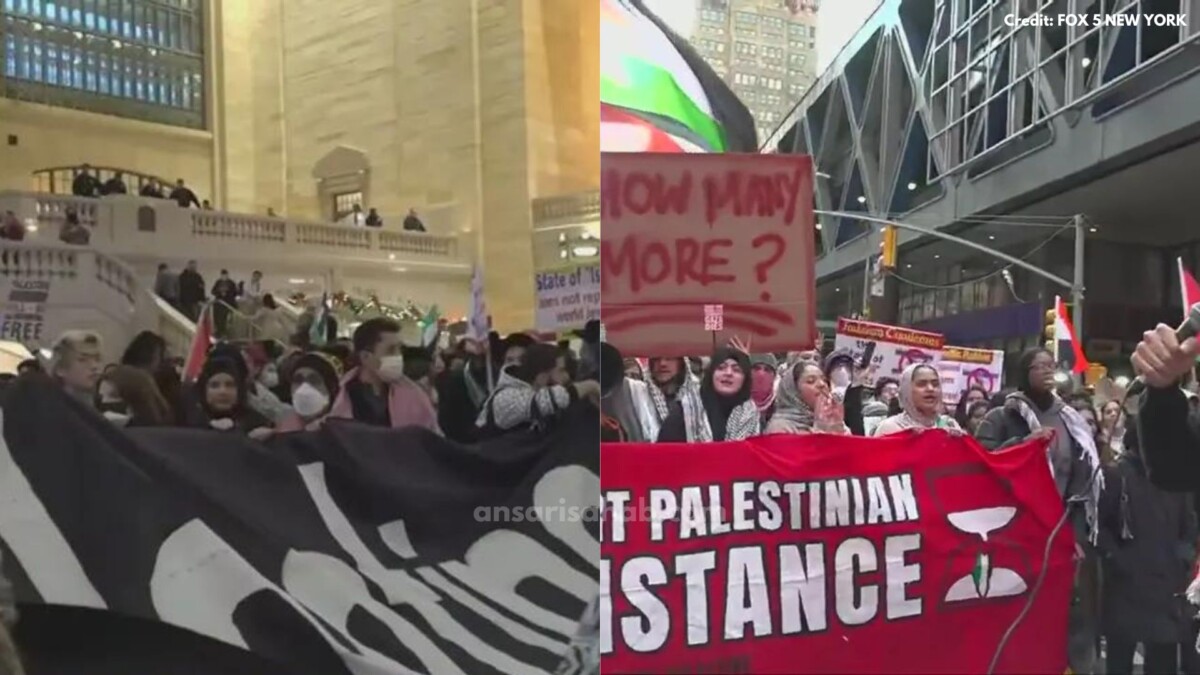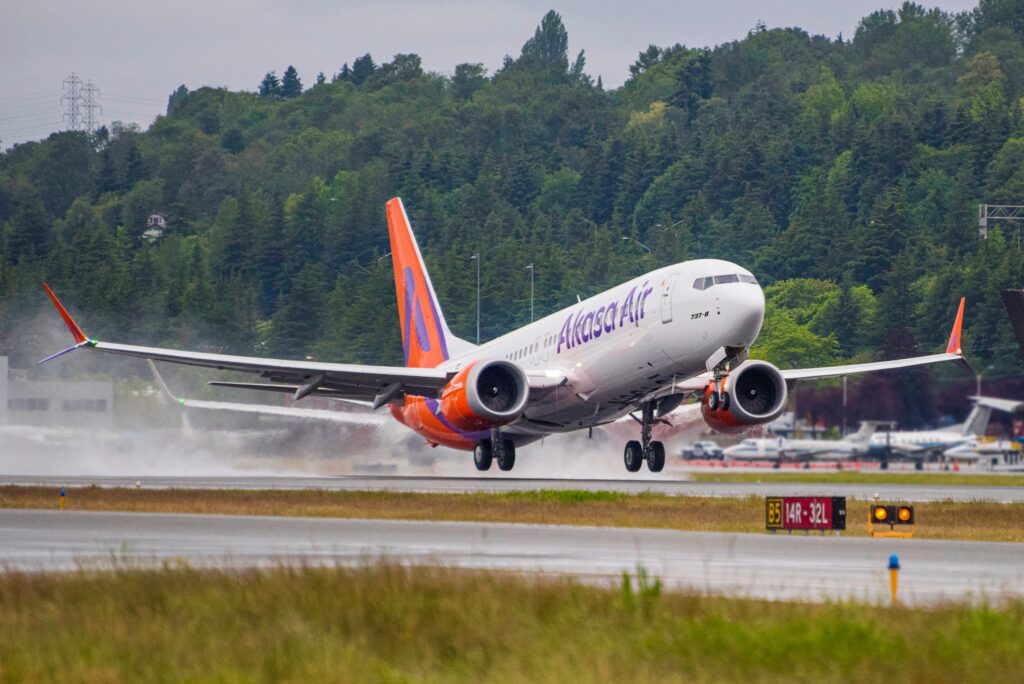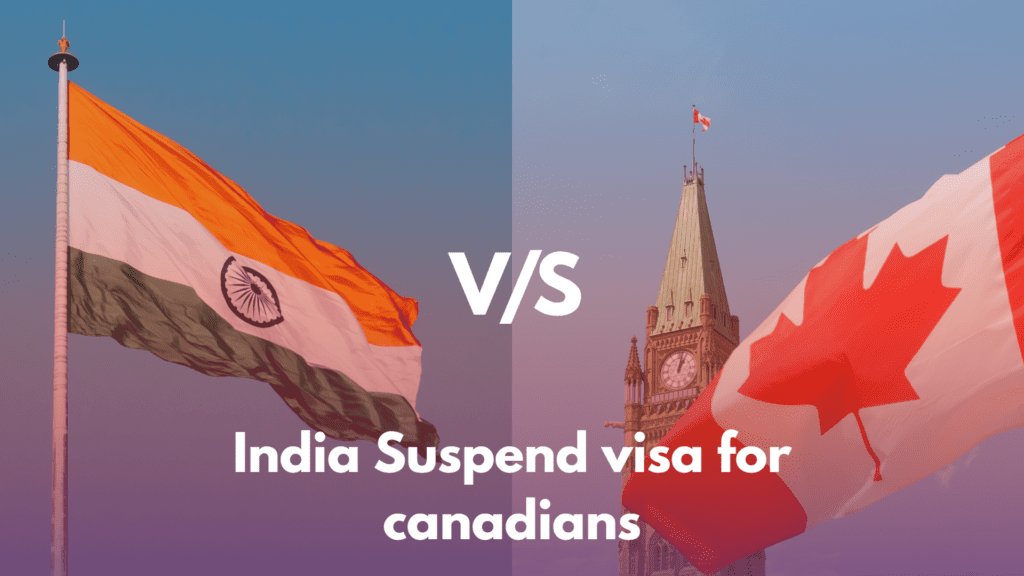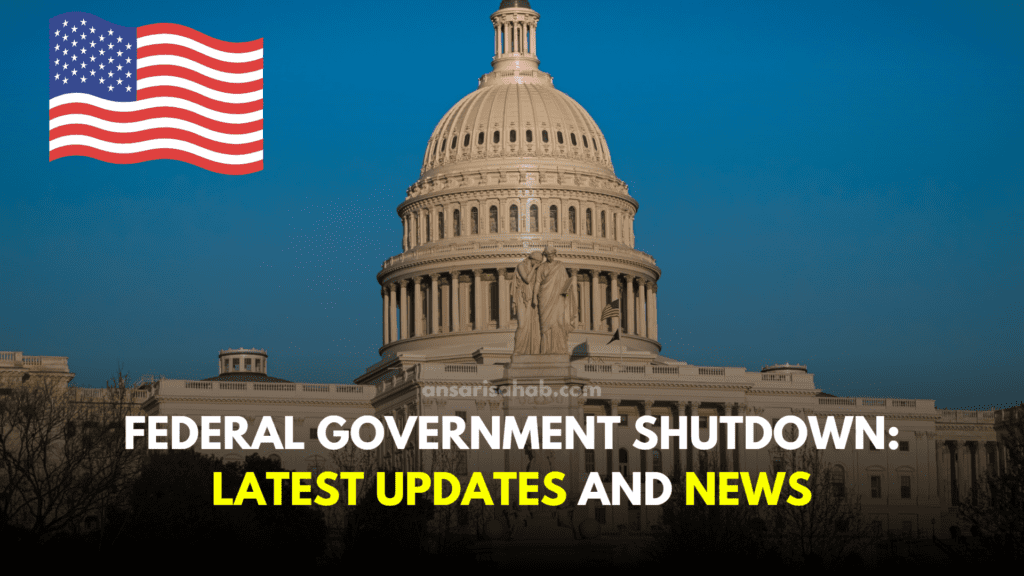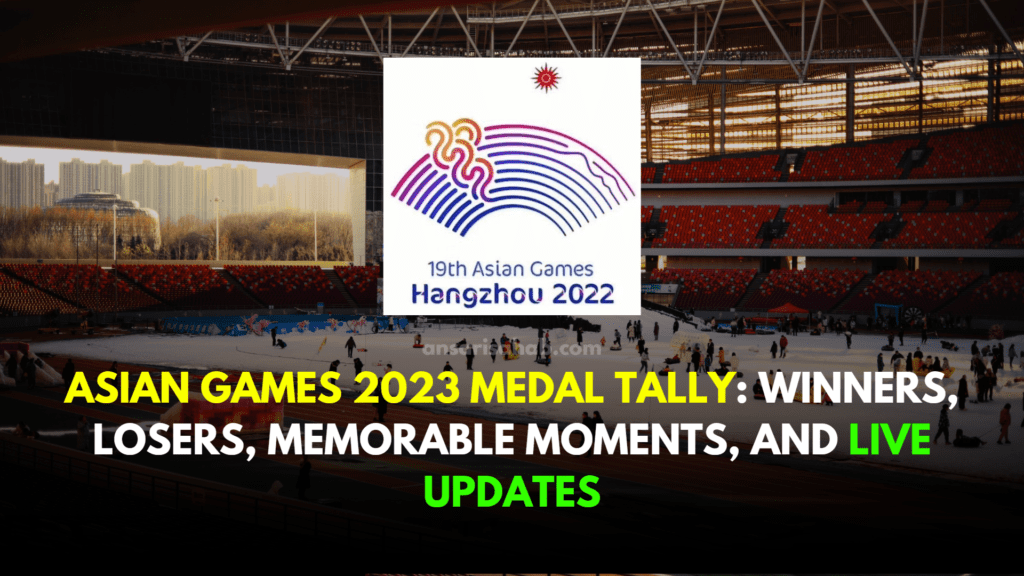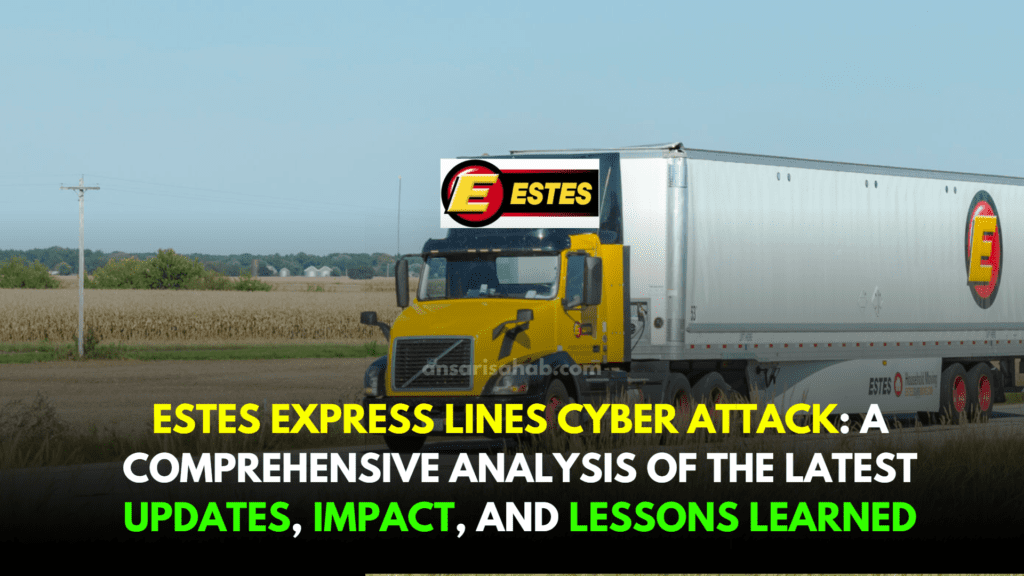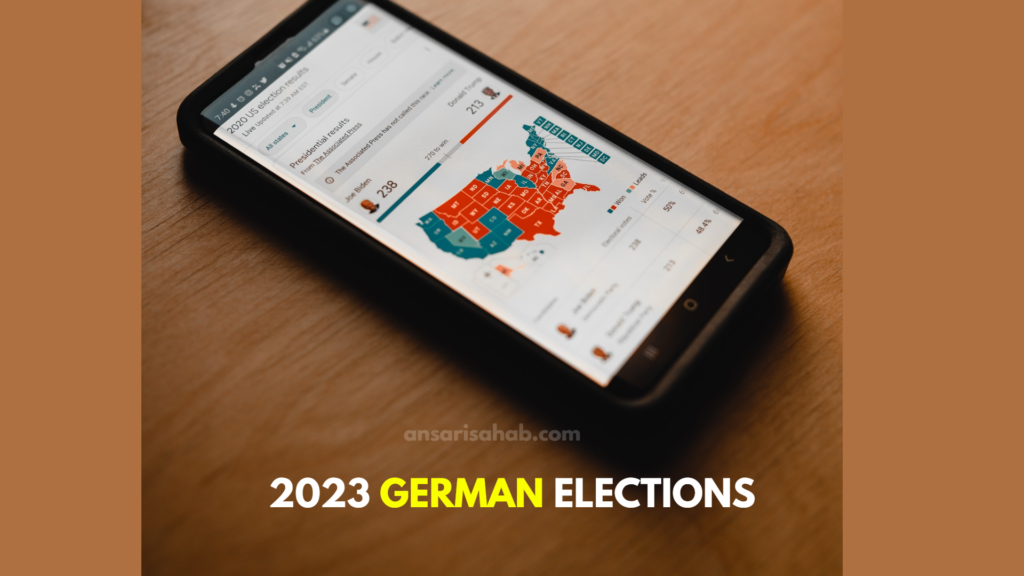The conflict between Israel and Palestine has ignited fervent responses globally, with North American cities such as New York City and Toronto becoming epicenters of pro-Palestinian protests. These demonstrations, characterized by passion and diversity, have sparked intense debates on issues ranging from free speech to media bias. In this comprehensive analysis, we delve into the multifaceted nature of these protests, examining the motivations, expressions, and responses that shape this complex tapestry.
New York City: A Melting Pot of Activism
New York City has emerged as a vibrant hub for pro-Palestinian activism, hosting a series of demonstrations that showcase the diversity of voices within the movement. On December 11th, the “Global Strike for Gaza” took center stage, as protesters converged on major transit hubs, including Grand Central and the Port Authority Bus Terminal. The chants of “Free Palestine” and “End the Occupation” reverberated through the city streets, underscoring a collective call for an immediate ceasefire and the recognition of Palestinian rights.
A significant moment occurred on December 18th, coinciding with the anniversary of the First Intifada, as rallies unfolded outside the Brooklyn Museum and the United Nations headquarters. These events highlighted the enduring Palestinian struggle for freedom and justice. Notably, activists targeted media outlets like The New York Times, occupying the lobby in June 2023 to draw attention to perceived bias in Israel-Palestine coverage, emphasizing the demand for balanced representation.
Toronto: A Symphony of Solidarity Across the Border
Toronto, too, witnessed pro-Palestinian activism, with the Eaton Centre, a bustling shopping mall, serving as an unconventional but impactful protest venue on December 18th. The chants of “From the river to the sea, Palestine will be free” disrupted the holiday shopping frenzy, sparking conversations about freedom of expression and dissent within private spaces. Meanwhile, a protest at Cooper Union focused on advocating for divestment from companies complicit in the Israeli occupation, highlighting the growing awareness among younger generations in Canada.
Alec Baldwin’s Encounter: Celebrities at the Crossroads
The involvement of actor Alec Baldwin in a heated exchange with pro-Palestinian activists during a December 12th protest in New York City added a layer of complexity to the narrative. The video, which went viral, raised questions about the role of celebrities in sensitive political matters, the nature of respectful dialogue, and the challenges of navigating diverse perspectives. Baldwin’s remarks, deemed insensitive by many, underscored the intricacies of celebrity activism in politically charged environments.
Suggested: Understanding and Confronting Antisemitism: The Goldie Restaurant Protest Fallout in Philadelphia
The Power of Social Media: Beyond Physical Streets
The fight for Palestinian rights extends beyond physical streets, with social media serving as a dynamic platform for amplifying voices and mobilizing supporters. Hashtags such as #FreePalestine and #BoycottIsrael regularly trend, fostering global awareness and sparking discussions. Online campaigns like the “Global Strike for Gaza” leverage social media to organize simultaneous protests worldwide, showcasing the interconnectedness of the pro-Palestinian movement.
Media Coverage: A Double-Edged Sword
The role of media in covering the Israeli-Palestinian conflict has become a focal point of debate. Pro-Palestinian activists criticize mainstream outlets for perceived bias, while others argue that media organizations are reporting facts objectively. Navigating this complex terrain is crucial, especially considering the emotional complexities and competing narratives involved.
Understanding Motivations: Beyond a Binary Lens
Analyzing these protests through a simplistic pro-Israel vs. pro-Palestine lens risks oversimplifying the diverse motivations behind individual participation. Many protesters are driven by a desire for peace, justice, and human rights for both Israelis and Palestinians. Personal connections to the region, a commitment to social justice, and a belief in international law and diplomacy all contribute to the multifaceted nature of these demonstrations.
The Dilemma of Disruption: Balancing Impact and Responsibility
Protest tactics, such as disrupting traffic and occupying public spaces, aim to draw attention to the cause but raise concerns about public safety and inconvenience. Striking a balance between effective protest and responsible action remains a challenge, requiring organizers and participants to consider the broader impact of their methods.
Moving Forward: Constructive Dialogue for Lasting Solutions
The surge in pro-Palestinian protests serves as a stark reminder of the unresolved Israeli-Palestinian conflict. Beyond the headlines, these demonstrations are symptoms of a deeper political and humanitarian crisis. Constructive dialogue, acknowledging the complexity of the situation, and advocating for peaceful solutions are essential steps towards lasting resolution. It is incumbent upon individuals to educate themselves, engage in respectful dialogue, and support organizations working for peace and justice in the region.
Conclusion
In navigating the echoes of pro-Palestinian protests in North America, it is imperative to recognize the multifaceted nature of these demonstrations. Beyond the surface, these protests reflect a mosaic of motivations, expressions, and responses that demand a nuanced understanding. As we move forward, fostering open dialogue, embracing empathy, and seeking common ground become pivotal in the pursuit of a just and lasting peace in the region.

